John Groves
Operetta Research Center
3 April, 2020
The paperback edition of this fascinating, useful and, on the whole, well researched book sells for about 20 Euros on Amazon, and, for the general reader who enjoys operetta, does not know very much about it, but wants to know more, is an ideal introduction. But what about the non-general reader who does know a lot already? Let me share with you a few of my personal reactions to this publication which made me remember so many operetta experiences I’ve had in my life – especially now, that I have so much free time in Corona self-isolation!
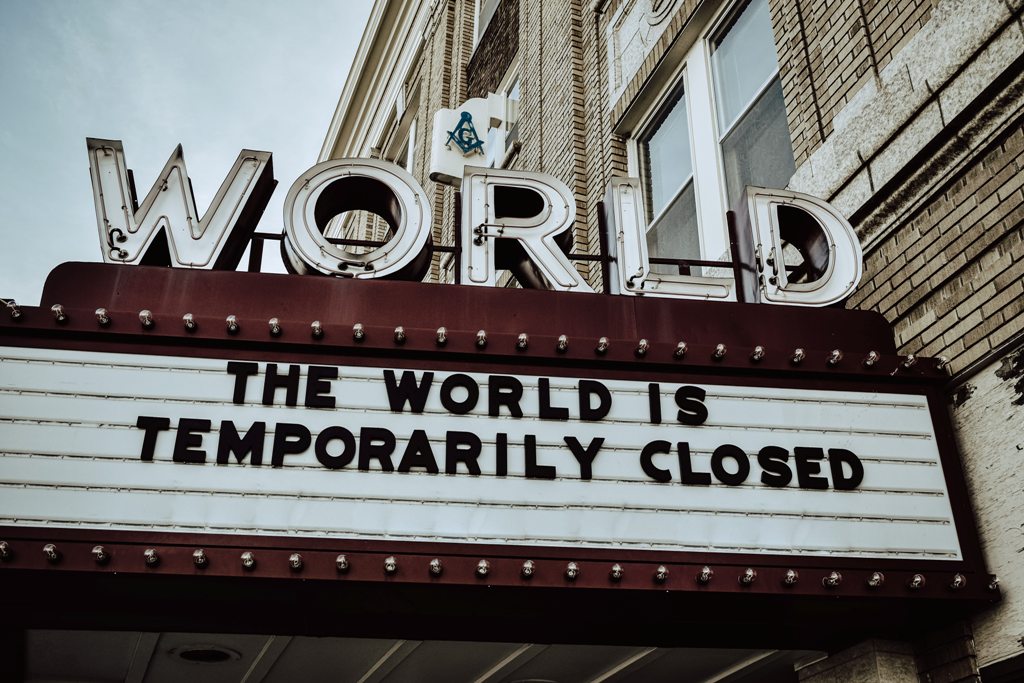
“The world is temporarily closed”: a sign on a restaurant summing up the current situation, which also applies to operetta. (Photo: Edwin Hooper / Unsplash)
The volume has been divided into three sections by the editors, Derek B. Scott and Anastasia Belina: Early Centres of Operetta, The Global Expansion of Operetta, and Operetta since 1900. Within each part are essays on operetta in different countries, each by a specialist writer. In an introduction, the editors try to do the impossible and “define” what operetta is. (You might recall Kurt Gänzl trying the same recently, click here for his entertaining results.)
In a book like The Cambridge Companion to Operetta, where there are seventeen different contributors, there are obviously going to be variations in style, and some of the authors, such as Bruno Bower (on London and Gilbert & Sullivan), have a much more reader-friendly style than others!
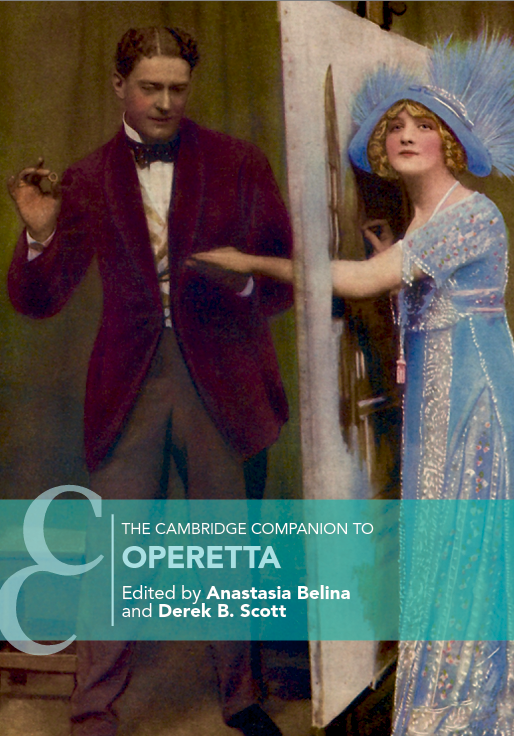
The cover of “The Cambridge Companion to Operetta.” (Photo: Cambridge University Press)
I found the most interesting were Derek Scott’s chapters on British Operetta after Gilbert & Sullivan and his section on Operetta Films, both of which leave me wanting to know more. In fact, knowing more is made easy because not only does each chapter have copious notes that can be followed up, each also has a bibliography so that further research can be done individually, even if in some cases none of the books available are in English, German, or French. (For an interview with Derek Scott click here.)
In addition there is an excellent index and extensive General Bibliography, demonstrating the amount of research that has been done here, and demonstrating just how much new research has been done in recent years that’s worth taking note of.
Yiddish Operetta
Is anything missing? Well, there are no chapters on Yiddish Operetta or on operetta in Croatia, for which the editors apologise. No one could be found to write them, they say. However, the book does end with a discussion on predominantly Jewish Operetta by Barrie Kosky and Ulrich Lenz.

Molly Picon in a Yiddish Theater production, 1919.
I have heard Kosky and Lenz say almost the same as here elsewhere. One really learns little about Jewish/Yiddish operetta from their discussion, and I feel that it has just been included because there is no other chapter on the topic, about which I know nothing, apart from having one Naxos CD, which I have not listened to for ages! (Why did no one recycle the great operetta chapter from the catalogue New York’s Yiddish Theater: From the Bowery to Broadway, issued by the Museum of the City of New York?)

Cover for the catalogue “New York’s Yiddish Theater: From the Bowery to Broadway.”
In terms of relevance, Yiddish Operetta may be more important than operetta from Croatia – and it is certainly more important than operetta from Greece. That said, I found the volume interesting because I myself knew virtually nothing about Greek, Italian or Nordic operetta, in fact I had never thought of these countries having an operetta tradition. (Mea maxima culpa!)
Hooked for life!
My knowledge, which used to be quite extensive, began with my interest in Gilbert & Sullivan in 1963. I was 11 years old when I picked up a 78rpm set of the 1923 D’Oyly Carte recording of Ruddigore, never having heard anything like it before. I was hooked for life!
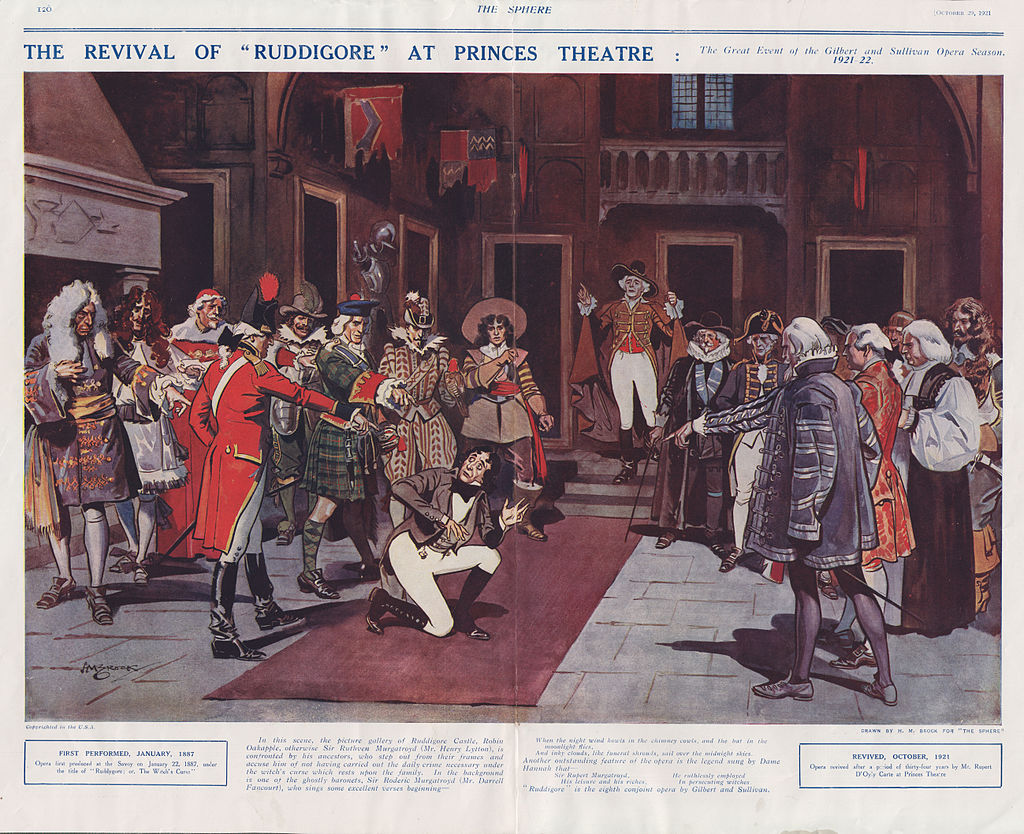
Scene from the 1921 production of “Ruddigore” at the Princes Theatre.
Then, when I visited the Soviet Union first in 1973, I went to the Moscow Operetta to a concert of music by Kálmán, of whom I had not heard either before. At the same time, from Melodiya in Moscow, I purchased various Kálmán operettas in Russian. It was a revelation.
I was trained as a singer and sang in a professional company “Gilbert and Sullivan For All” for a few years, and auditioned successfully for D’Oyly Carte just before they folded. I have sung most G & S baritone/bass roles and have directed/conducted most of the operas.

John Groves on the road, visiting operetta performances throughout Europe. (Photo: Private)
When I first started visiting Germany on a regular basis I had no idea that there was so much operetta on offer, and so began my search for the unusual. (Yes, even more unusual than the Melodiya LPs.) And there’s certainly a lot of unusual – and previously overlooked – operetta history in this Cambridge Companion.
I studied German and French at school but rarely used either for 40 years, both are rusty and slow. So reading the various new research books in French or German takes time and can only be done with a dictionary to hand these days. It’s nice having many of the newer publications paraphrased here, in plain English.
The Gaiety days
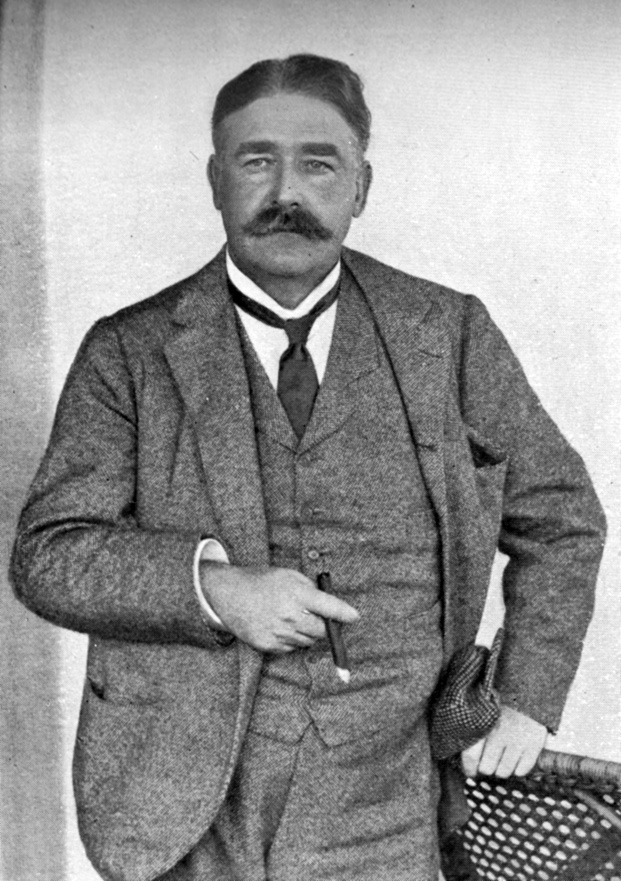
Photograph of George Edwardes by Ellis & Walery, from the 1914 edition of Cellier & Bridgeman’s “Gilbert and Sullivan and Their Operas.”
The big gap in my knowledge have always been the Gaiety and George Edwardes days from the late 1890s until the 1920s, mainly owing to laziness. But until this book there has been nothing that has really put this period into context as well as inspiring me to do more research.

Dudley Hardy lithograph poster for “A Gaiety Girl” from “Les Maitre de L’Affiches” series, 1896.
It is also clear that contributors’ knowledge varies: the chapters on Russian and Polish operetta seem rather ‘thin’ compared to some of the others. Hopefully this book may inspire new authors to come forward with their knowledge: operetta is still popular in both countries – I saw a ‘new’ one based on the reign of Catherine The Great at Moscow’s Operetta Theatre a few years ago – and there must be experts who could add to our knowledge as well as fill in the gaps for a second edition!
Opinions with evidence
One of the best things about this book is that all the writers have tried to back up their opinions with evidence, unlike Richard Traubner (Operetta: A Theatrical History) who just dismisses operettas that he has never heard or seen. For example on page 318 Traubner says of Der Vetter aus Dingsda: “The plot is numbingly dumb … how could people have sat through it?”
Well I have, many times and enjoyed it hugely each time!
Also the terms “Golden Age” and “Silver Age” are bandied around in different chapters, with no one actually ever defining what each means, if indeed they mean anything at all.
This book does not pretend to be the be-all-and-end-all of books on operetta. Depending on who is writing the chapter, different styles in different eras are discussed, as also a few performers e.g. Hortense Schneider, Richard Tauber, Alexander Girardi – but to do them all justice would need another book, or two.
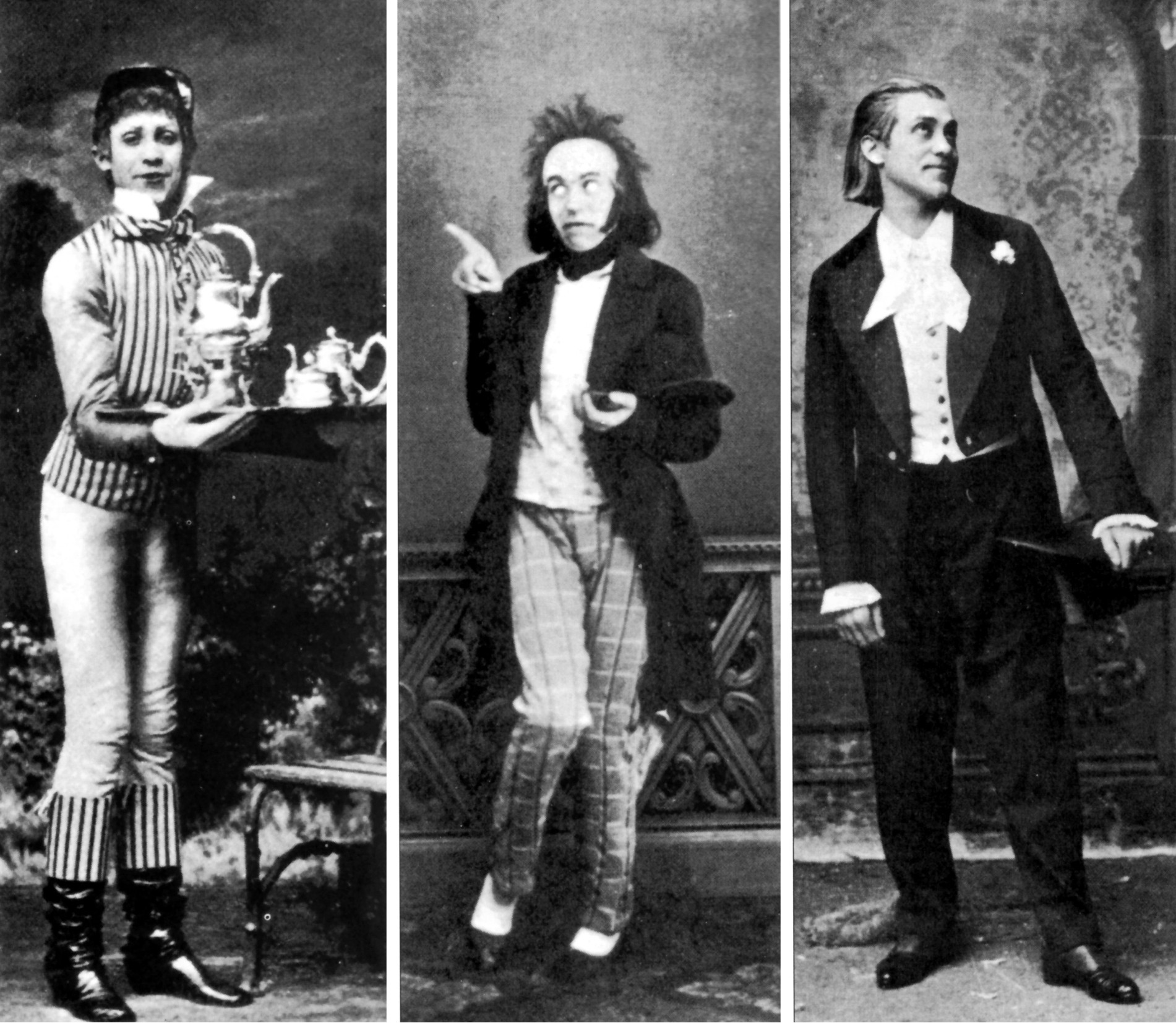
Operetta star Alexander Girardi, in three historical roles.
I defy you not to learn something and expand your knowledge by reading this Companion. It is also the sort of book to return to again and again to look up a reference, or to find information in one of the many bibliographies. In short, a veritable mine of information and well worth the small price asked!
Highly recommended!
For more information and a different look at this Cambridge Companion, click here.
